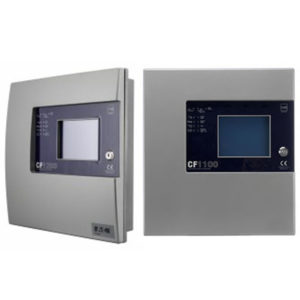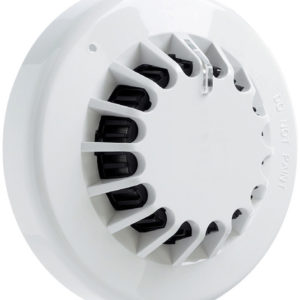Fire Detection & Alarm System
Fire Detection & Alarm System:
A fire Detection & alarm system warns people when smoke, fire, carbon monoxide or other fire-related emergencies are detected. These alarms may be activated automatically from smoke detectors and heat detectors or may also be activated via manual fire alarm activation devices such as manual call points or pull stations. Alarms can be either motorized bells or wall mountable sounders or horns. They can also be speaker strobes which sound an alarm, followed by a voice evacuation message which warns people inside the building not to use the elevators. Fire alarm warning devices can also be set to different volume levels.
Type of Fire Detection & Alarm System:
Conventional Fire Detection Alarm system
In a Conventional Fire Alarm System, physical cabling is used to interconnect several call points and detectors, the signals from which are wired back to the main control unit.
Call points and detectors are arranged in “Zones” to simplify locating the cause of the alarm, this is important for both the fire brigade and general building management.
Each zone is indicated at the Fire Alarm Control Panel either with an indicator lamp, a text display or in some cases both.
It makes sense that the more we can divide a building into zones, the more accurate locating the alarm trigger will be.
The Control Panel is wired to a minimum of two sounder circuits which could contain bells, electronic sounders or other audible fire alarm devices.
It is these devices which sound the alarm when triggered.
Addressable Fire Detection Alarm system
The detection principle of an Addressable System is the same as a Conventional System except that each detector is given a set Address (usually by means of a dip-switch) and the Control Panel can then determine exactly which detector or call point has initiated the alarm.
The detection circuit is wired as a loop and up to 99 devices may be connected to each loop.
It is common for the loop to be fitted with Loop Isolation Modules so that the loop is sectioned in order to ensure that a short circuit or single fault will only cause the loss of a small part of the system; allowing the rest of the system to function normally.
In the previous two systems, the “Conventional Fire Alarm System” and the “Addressable Fire Alarm System” the detectors are not considered “intelligent” as they can only give output signals representing the value of detected phenomena.
It is left up to the Control Unit to decide whether there is a fire, fault, pre-alarm or other.
Wireless / Portable Fire Detection Alarm system
The final type of system we will consider is the Wireless Fire Alarm System.
These are an effective alternative to traditional wired fire alarm systems for all applications. They utilize secure, license-free radio communications to interconnect the sensors and devices with the controllers.
It is a simple concept, which provides many unique benefits and is a full intelligent fire detection system without the need for cabling.
In this article, we have learned that Fire Alarm systems are fitted in many buildings we encounter every day and that they are used to warn people within the building of an emergency fire-related situation.
Type of Detector & Sensor:
- Heat Detector
- Smoke Detector
- Carbon Monoxide Detectors
- Multi-Sensor Detectors
- Manual Call Points
- Sounder
- Main Panel Board


